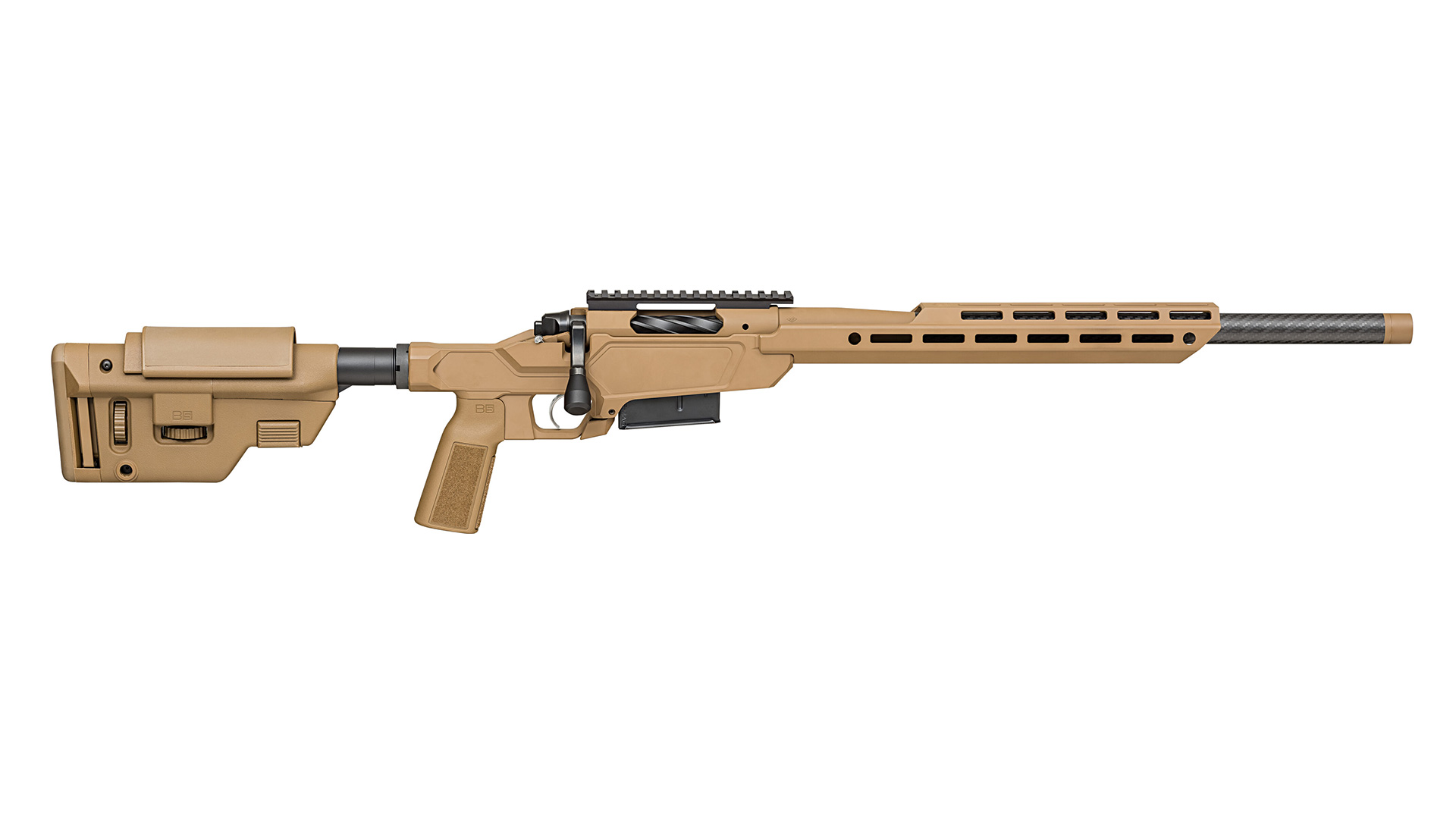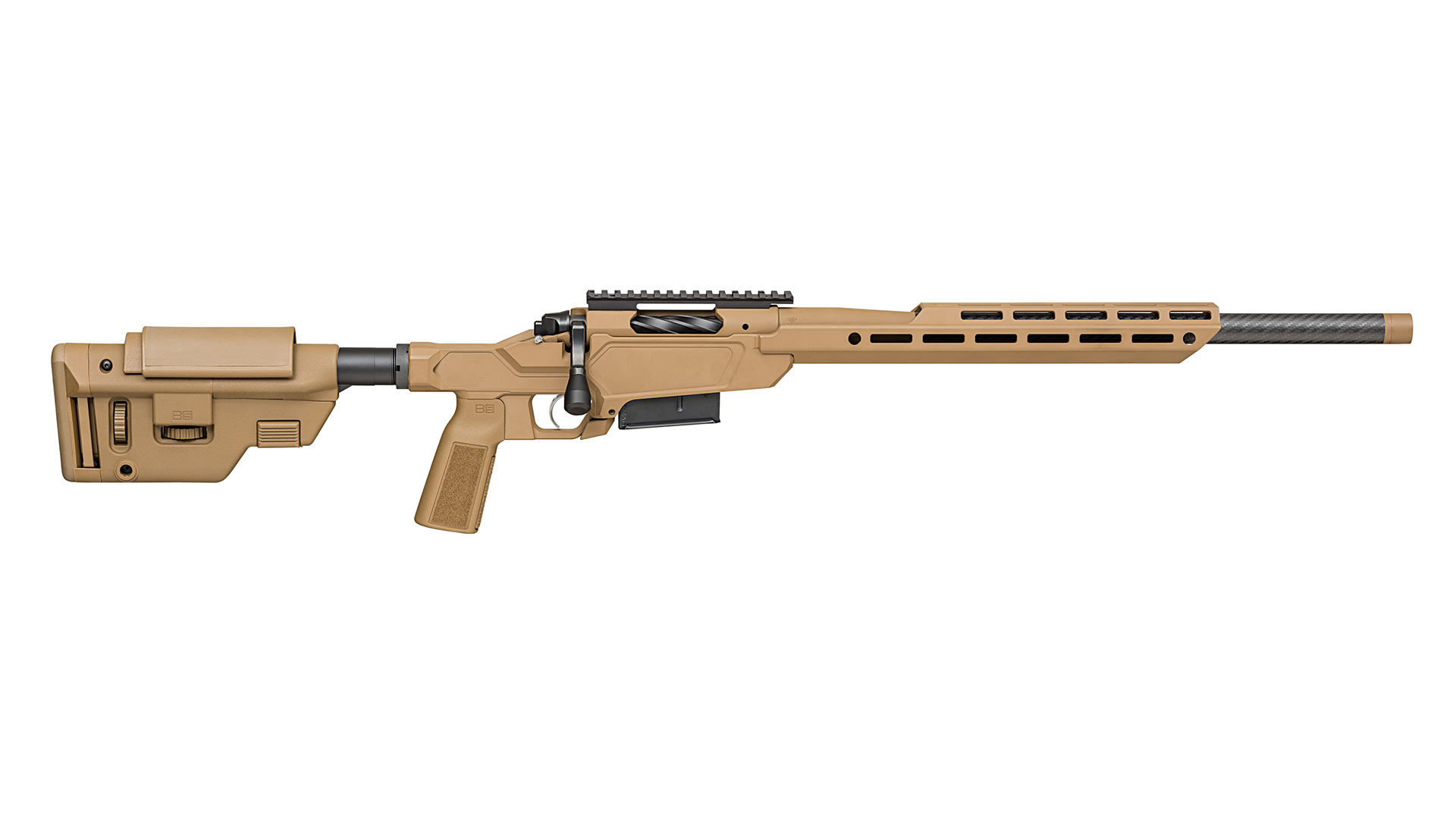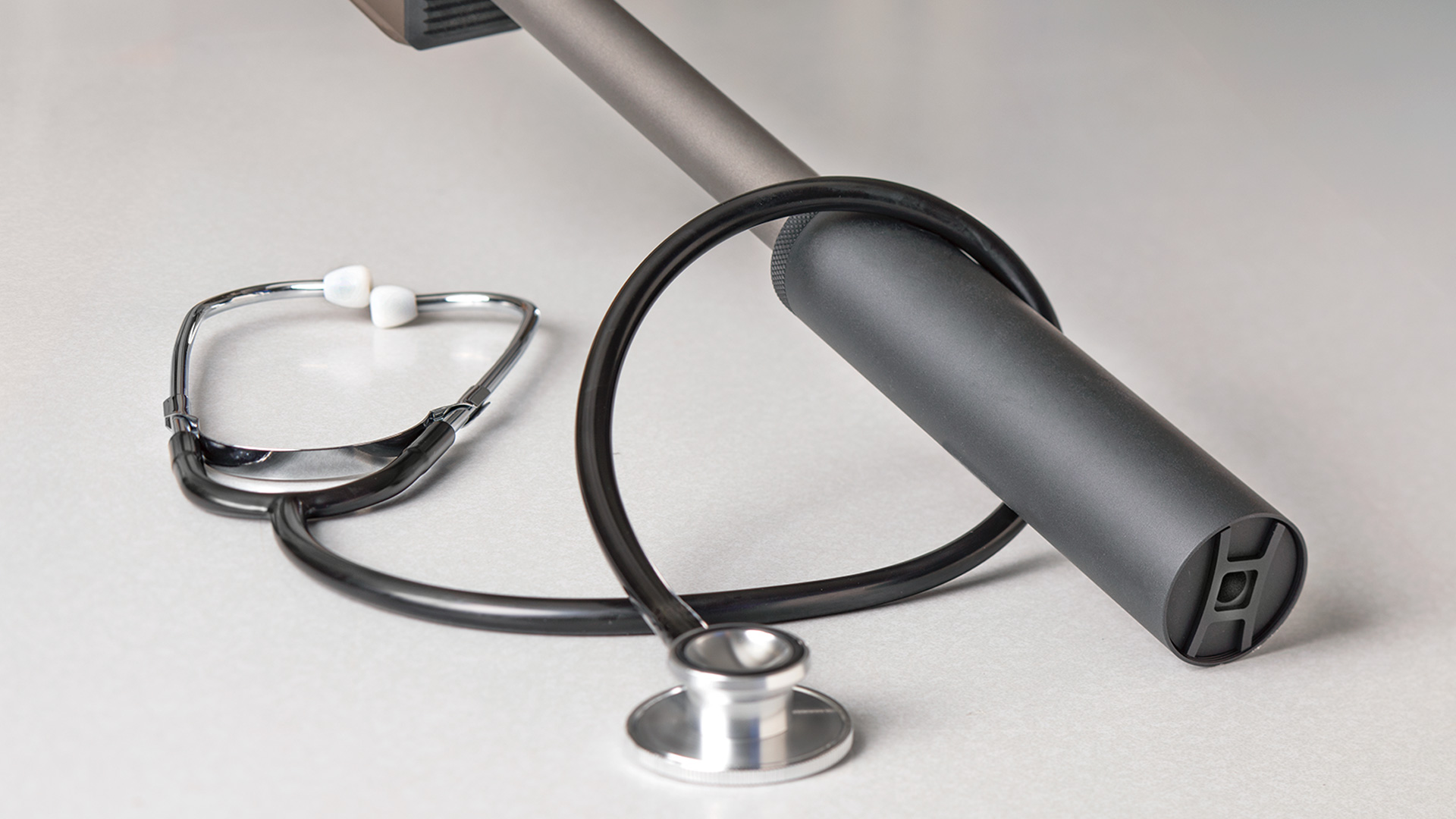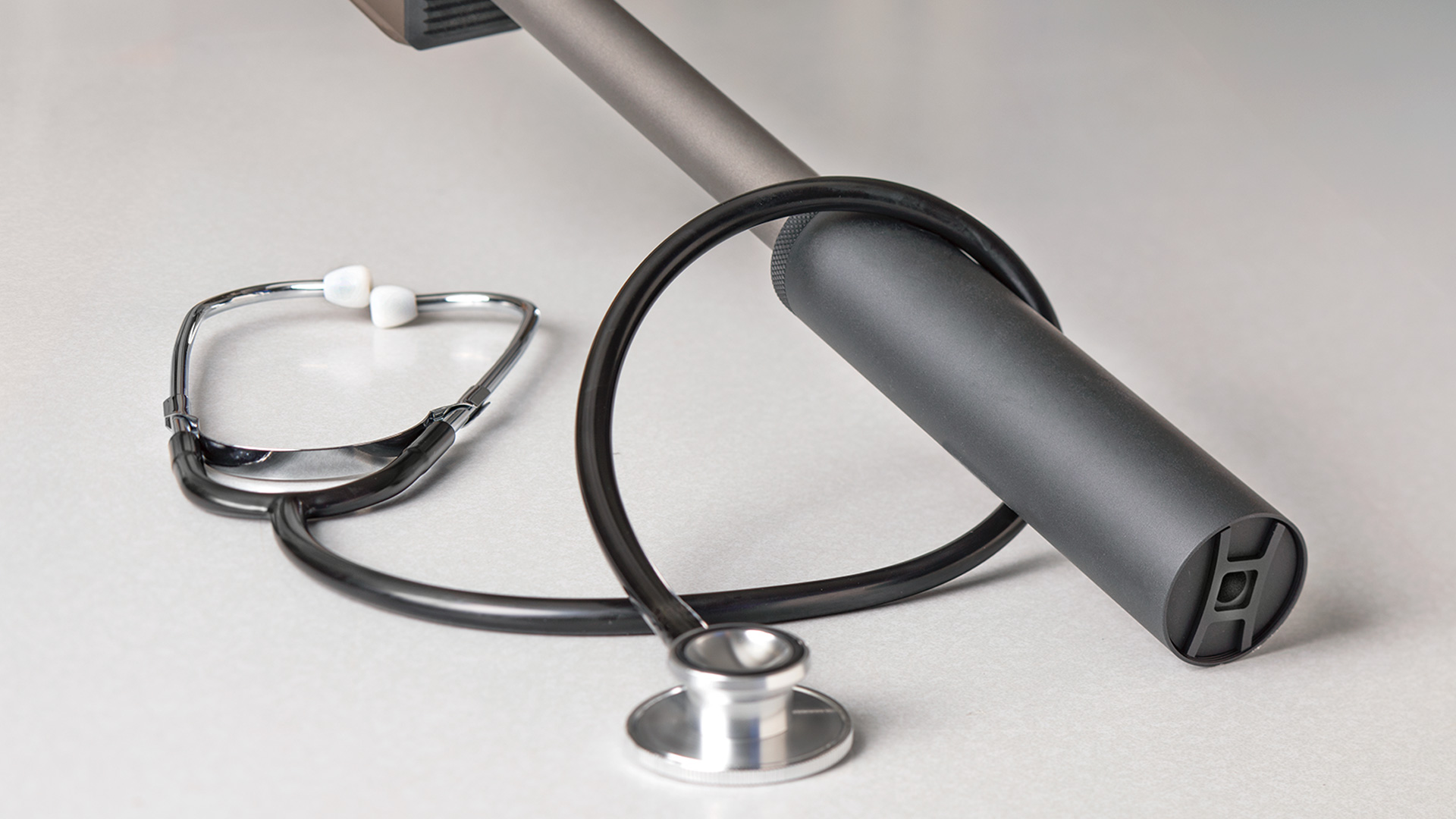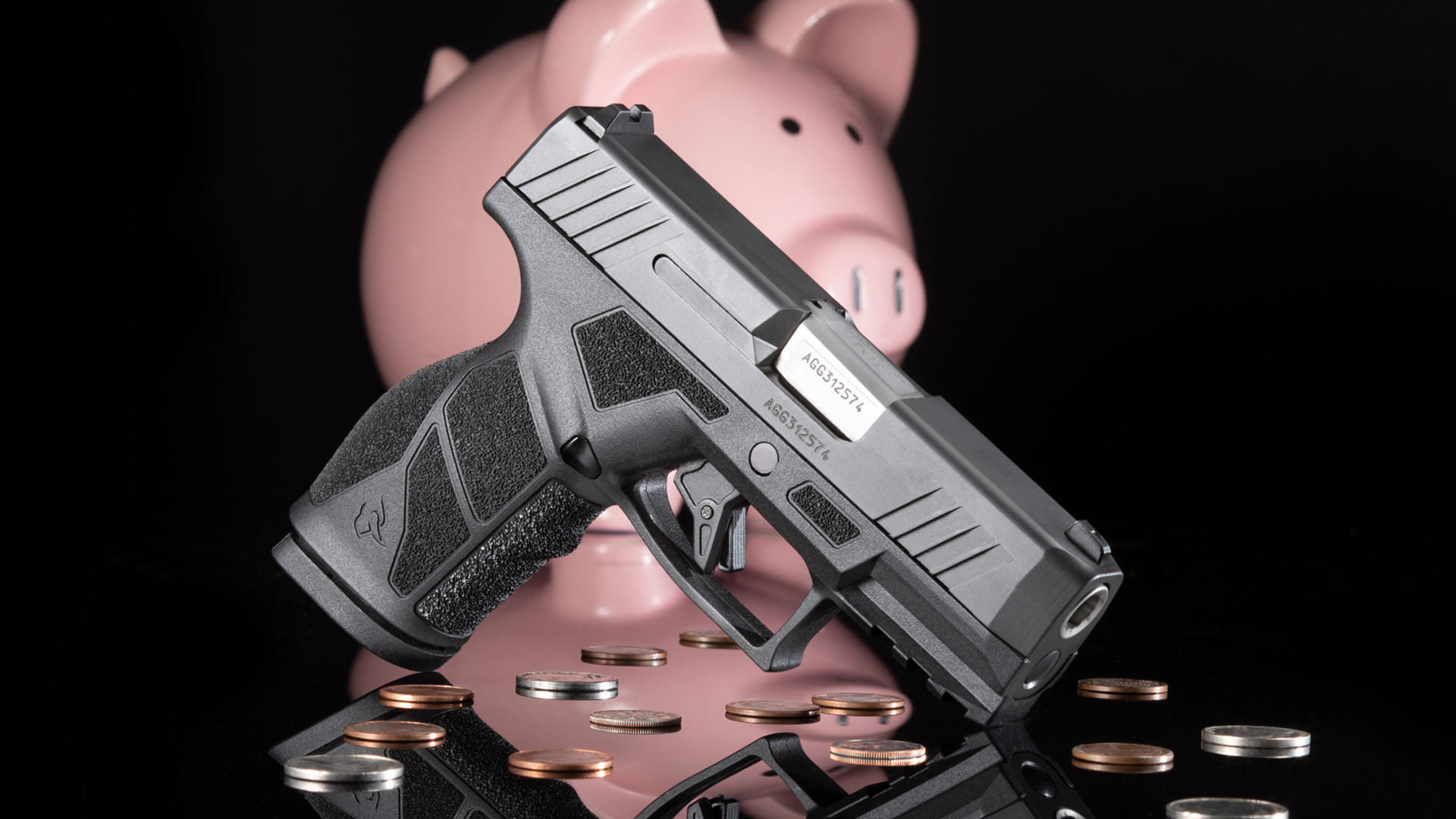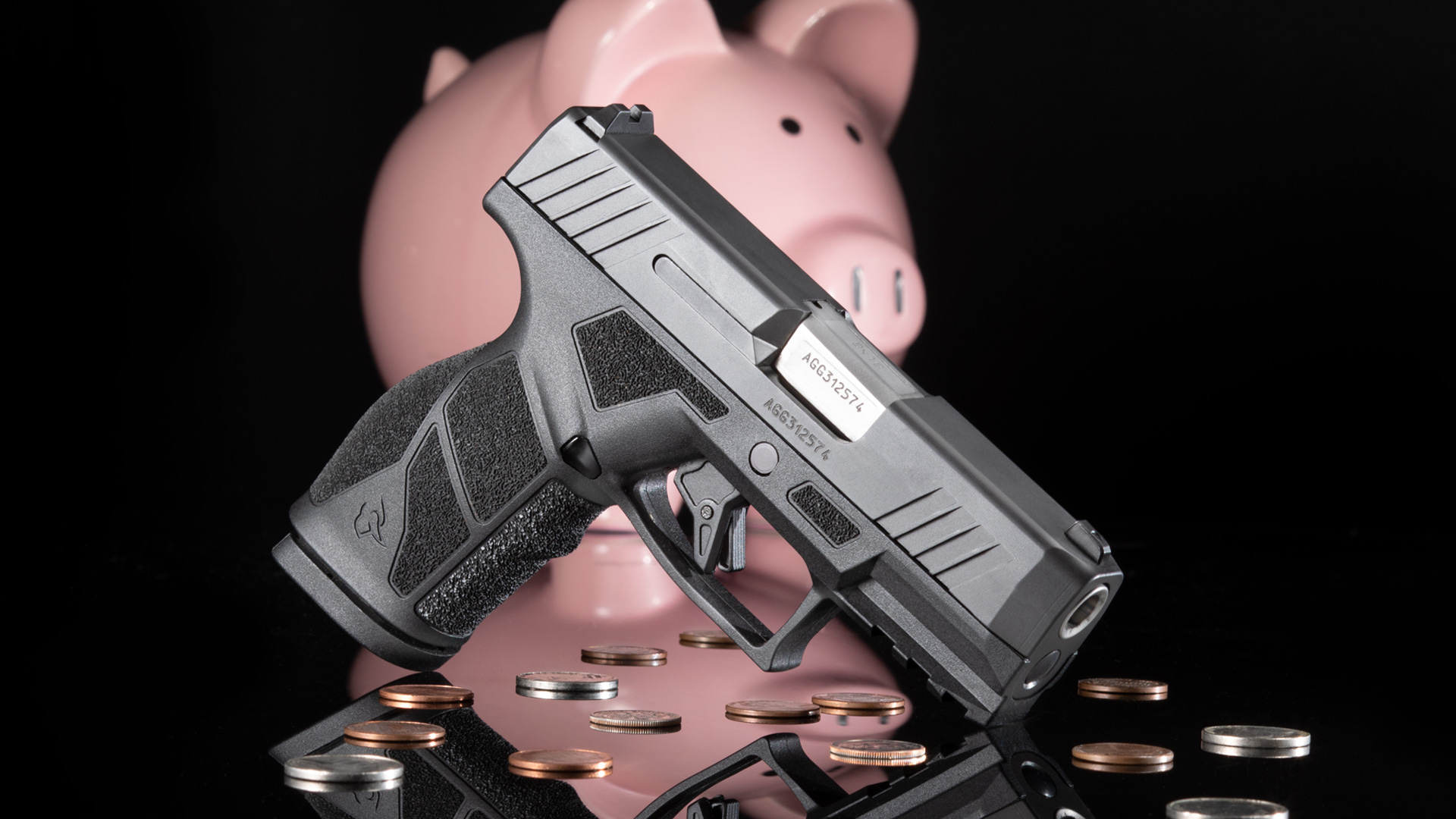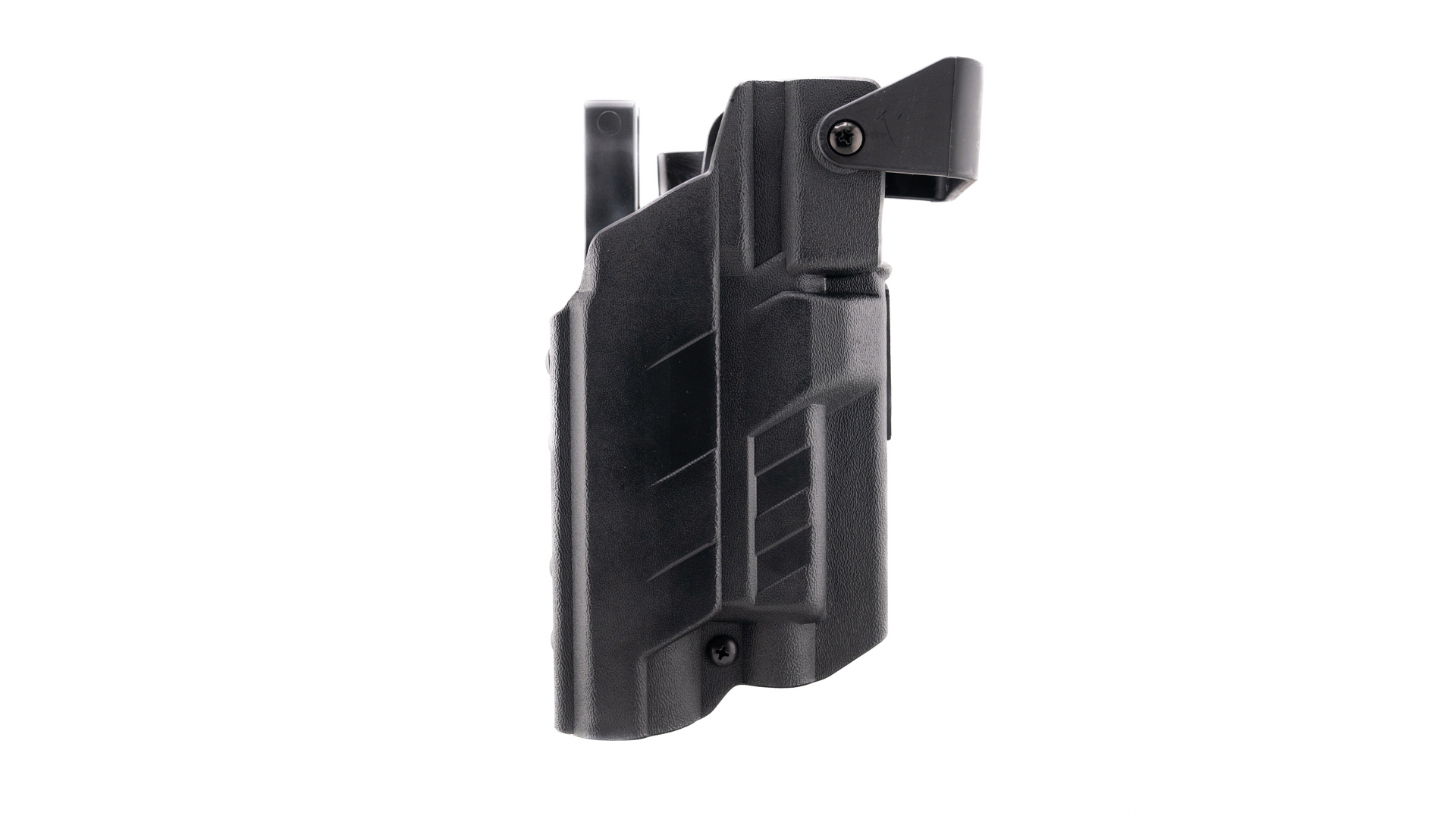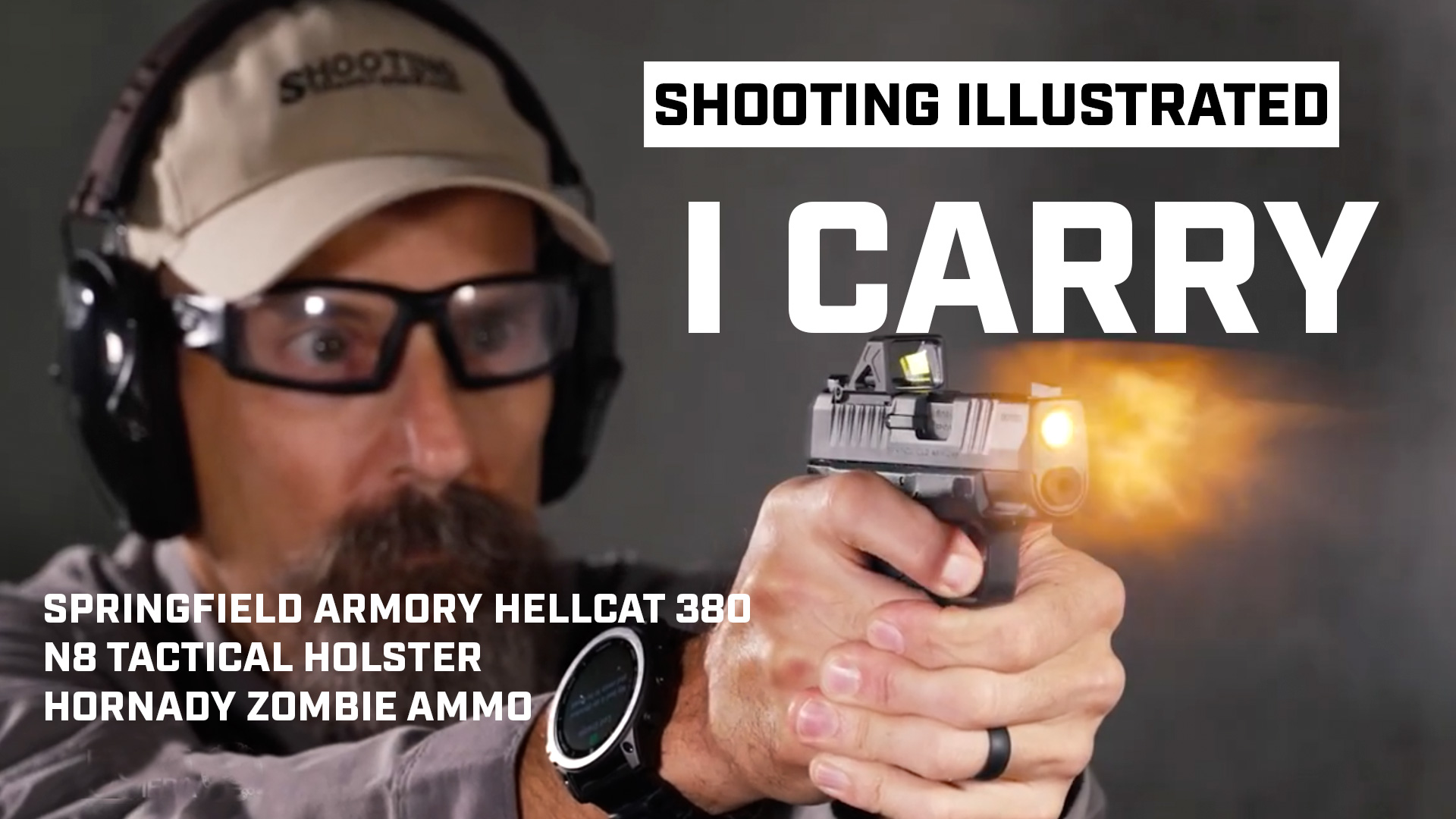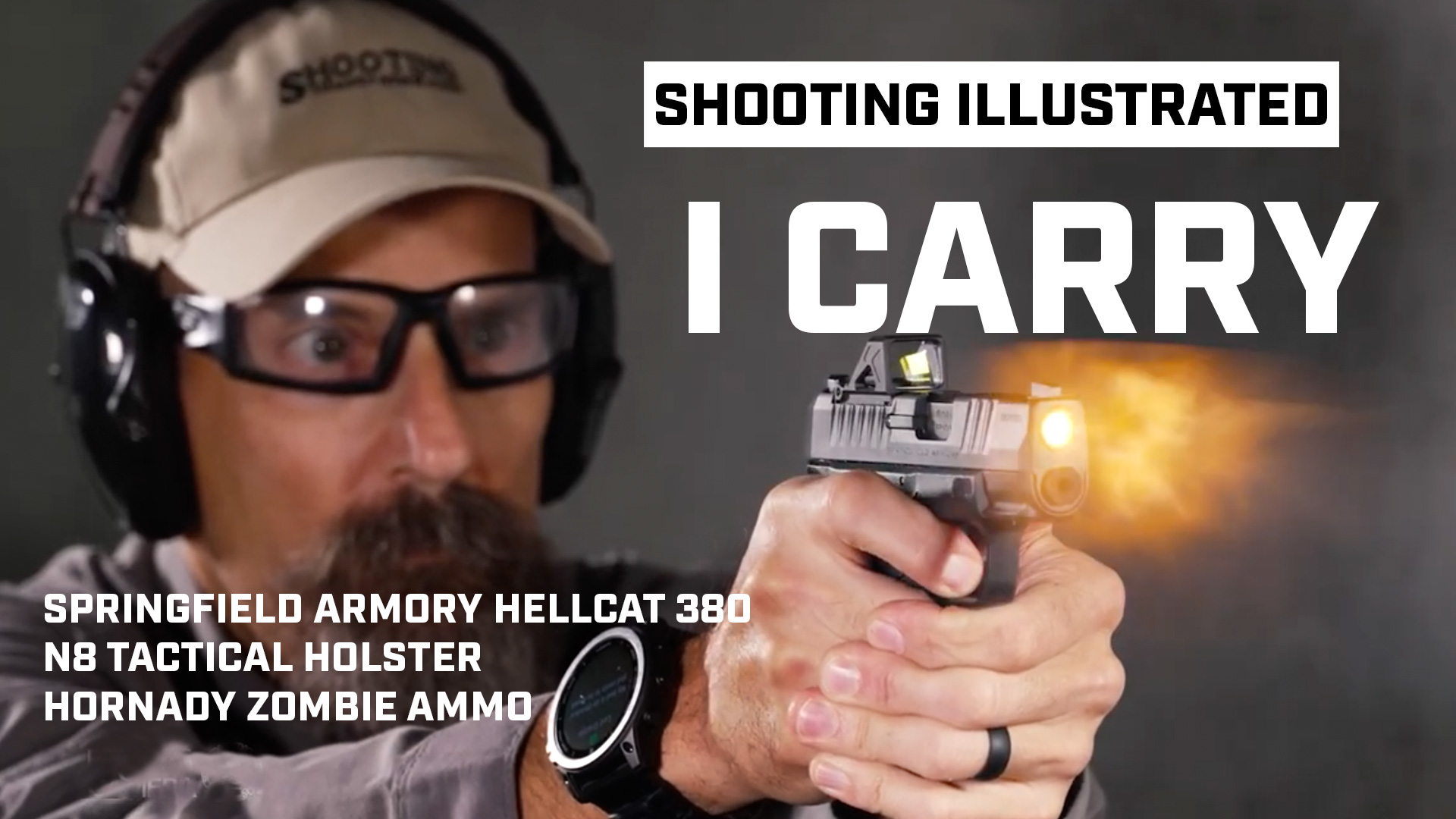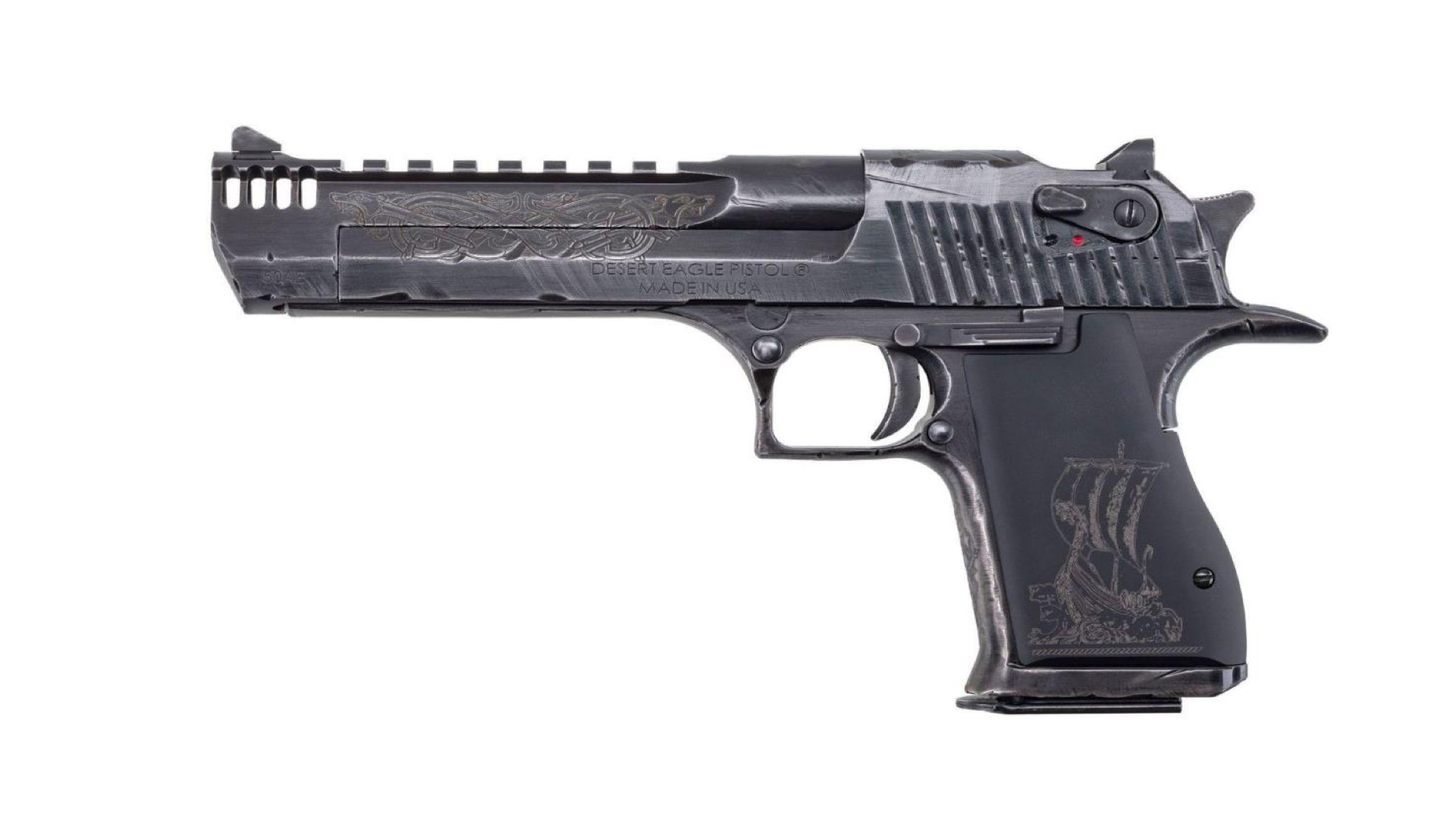
Various reports indicate that most gunfights occur at 7 yards or less, and my informal research seems to back this up. It is a certainty that these close-range encounters are the most dangerous. Consequently, we suggest that most of the defensive shooter’s practice be with these close-range attacks in mind. However, what happens if you become the exception to the rule? What happens if a threat presents itself at 25 yards? Can you handle it?
It is a good idea for defensive shooters to allocate some of their practice time to shooting at longer ranges. Fifteen- and 25-yard practice ought to be a fairly regular occurrence. About once a year, I’ll work my carry gun on the 50- and 100-yard ranges at my gun club. Admittedly, it would be rare for an armed citizen to have to fight at these ranges, since your first priority should be to get away from such a threat, but one never really knows. You have to remember that the gunfight is going to be what it is going to be–and the ranges of encounter will vary due to the given situation.
Practicing at longer distances will also help shooters identify the given range beyond which they need to modify their response and use a more secure shooting position. One might find that using a good, solid kneeling position really helps secure hits beyond 25 yards. One quickly realizes that moving to secure cover can also provide an external support that enhances accuracy. Kneeling behind the front end of a car and bracing the forearms on the car bumper would be a good example.
Shooting at distances also gives us an opportunity to further evaluate our choice of self-defense guns, because it magnifies our problems and mistakes. Misses that are an inch or two off at 7 yards may be completely out of the vital zone at 25 yards. Shooters may find that their pistol needs a better set of sights. They may realize that their trigger is too creepy and mushy, leading to a trigger job by a professional gunsmith. Objective evaluation may also lead shooters to realize that they have simply selected the wrong gun for their personal-defense needs.
One of the most important results of practicing at long range is that it gives shooters added confidence in their ability and their chosen firearm. What may seem impossible at first will, with continued practice, become possible. You really have to apply the basics in order to hit at a distance and, therefore, your overall marksmanship skills are increased at all distances, even close up.
Be sure to schedule some practice at longer ranges. You will learn a great deal about your gun, your ammo and your own abilities.




